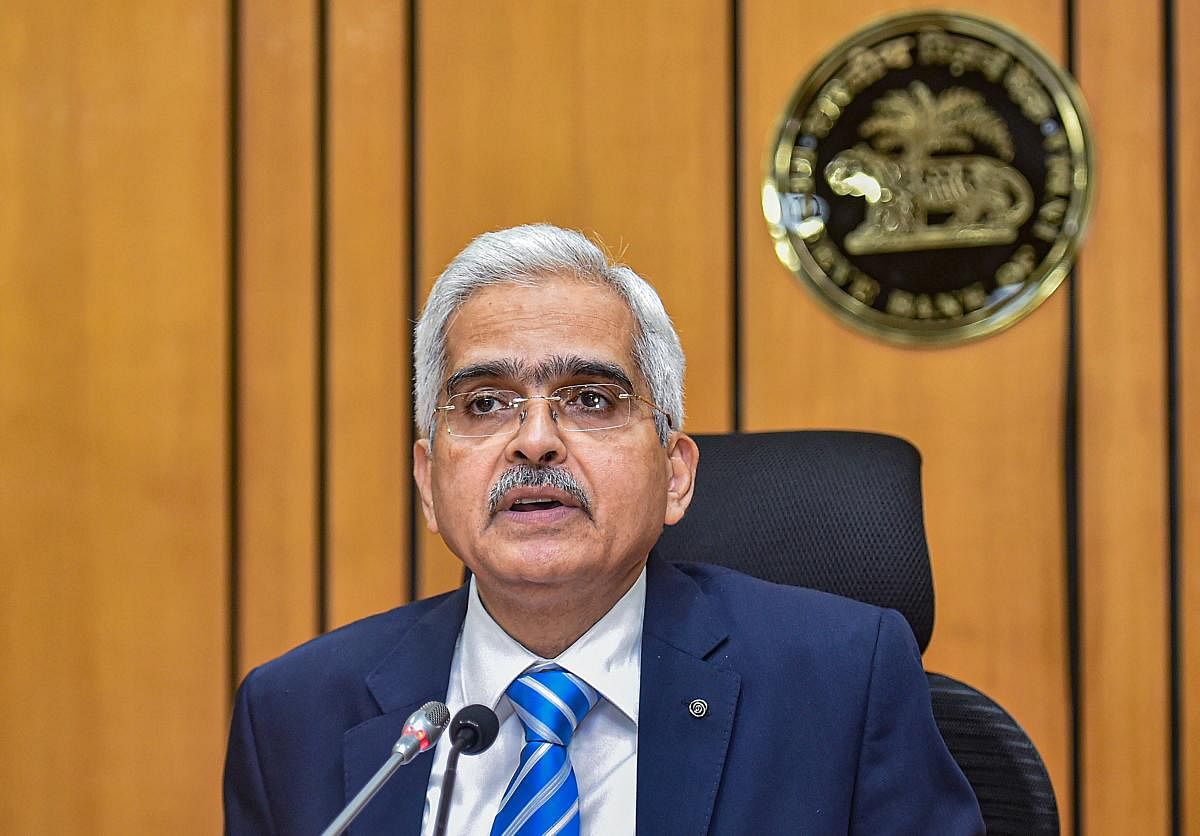
With the economy promising to return to the growth path in the next financial year with both the economic survey and the Reserve Bank of India projecting double digit real GDP growth, the challenge that the central bank will face is to go back to the normal levels of liquidity without disrupting the economic recovery.
The normalisation process was started in January when the central bank announced the variable reverse repo auction, describing the move as an effort to ‘restore normal liquidity management operations in a phased manner’. The move was aimed at realigning the depressed short-term rates to the benchmark rates.
On Friday, the central bank announced the cash reserve ratio (CRR) – which was reduced by 100 bps in March 2020 for one year – will be brought back to the pre-pandemic levels, in two phases - of 50 bps each beginning late March and late May. The move, which sucked out the excess liquidity from the system, is seen as yet another measure to restore normalcy.
RBI governor Shaktikanta Das (In picture), while announcing the CRR withdrawal, said, “The CRR normalisation opens up space for a variety of market operations to inject additional liquidity. The underlying theme of our endeavour in these areas would be to flexibly use all the instruments in our arsenal appropriately without jeopardising financial stability, which is at the core of RBI’s policy objectives.”
“It is well understood that the level of India’s overnight rate is at emergency levels and hence must be normalised over a period of time,” said Suyash Choudhary, Head – Fixed Income, IDFC AMC. “The RBI needs to mute (not break) the linkage between the recalibration in the overnight rate and its exaggerated transmission to higher up the curve. A hint around this was already given today when the Governor referred to the CRR unwind opening up ‘space for a variety of market operations to inject additional liquidity.’”
“Normalisation of CRR is in line with RBI’s ‘withdrawal from emergency support’. This is likely to result in durable liquidity drain of around Rs 1.5 lakh crore from the banking system,” said Anagha Deodhar, chief economist, ICICI Securities.
One of the biggest challenges to restore the normalcy on the liquidity front without increasing the rates too much is the outlook on inflation. RBI governor Shaktikanta Das talked about cost push factors as the Monetary Policy Committee revised the retail inflation target for the first half of FY22 to 5-5.2% from 4.6% projected earlier. While the higher inflation projection rules out any further rate cut even if the central bank has assured that the accommodative stance of the policy will be maintained, as long as it is necessary to revive economic growth.
“We expect headline inflation to average 5.0% in Q4 FY21, slightly lower than the RBI’s forecast. That said, risks remain emanating from higher commodity prices, fuel prices and improvement in demand conditions and presence of pricing power in the system over the coming months,” HDFC Bank said in a report.
“Further, an expansionary budget, hike in custom duties on certain mobile and auto parts and an introduction of agriculture infrastructure and development cess on items such as lentils, gold etc. could have a bearing on the headline inflation in the medium-term. We expect inflation to average between 5.0-5.5% in H1 FY22,” the report said.
A third step towards the normalisation could be hiking the reverse repo rate, which is now at 3.35% - 65 bps lower than the repo rate which is at 4%. (100 bps = 1 percentage points).
There is an expectation among the market participants that the corridor, that is the gap between repo and the reverse repo rate will be narrowed by 25 bps – which will indicate yet another step towards normalisation.
Analysts expect the accommodative stance will be changed to neutral in the latter half of the next financial year and there could be a possibility of interest rates inching up in the first half of 2022.
“…as growth continues to normalise, so will the need for policy follow suit. We expect the policy stance to shift to ‘neutral’ from ‘accommodative’ in Q3, the normalisation of the policy corridor to begin in Q4, and 50bp worth of repo rate hikes in H1 2022,” a report from Nomura said.
The central bank sounded bullish on the growth front as it cited resilient rural demand, improving consumer confidence and the impact of fiscal stimulus. “I would like to say that, going forward, the Indian economy is poised to move in only one direction and that is upwards. It is our strong conviction, backed by forecasts, that in 2021-22, we would undo the damage that Covid-19 has inflicted on the economy,” governor Das said in his concluding remarks while announcing the monetary policy review on Friday.
It is to be seen how the central bank walks the tightrope of bringing back liquidity to normal levels without hurting growth even if inflation pressures are likely to resurface.
(The writer is a Mumbai-based Senior
Journalist)